
Dmitriy T.M. sent a link to a Cracked list of misguided products. Among them, was a discussion of a doll I remember from when I was a kid: the Cabbage Patch Kid Preemie. Cabbage Patch Kids were all the rage. The preemie version, a supposedly prematurely born “kid,” was a sort of spin off.
Cracked points out one of the ironies here:
So What’s the Problem?
You know what’s not all that cuddly? A one and a half-pound infant fighting for its fragile life in a coffin-shaped incubator with more tubes and machines attached to it than Weapon X. Don’t forget the bandages that keep the light out of its underdeveloped eyes, or the little heating beds it has to lay in because it can’t maintain its body heat. Toss in some weeping parents and a couple of nurses probing and prodding its frail little body and you’ve got the must-have toy of the season.
Given this deserved critique of the product, what exactly is it about the idea of a premature baby that would make Coleco think it would appeal to children and their parents? I think this commercial gives us a clue:
The Cabbage Patch slogan, “You can give them all of your love,” is an excellent example of what this doll is really about: socializing young girls to be nurturers focused (apparently exclusively) on children.
In this case, what could possibly require more nurturing than an infant? A premature infant!
The Cabbage Patch Kids website, where you can still buy preemies in addition to kids and babies, says that this premature version of the doll “will require extra attention and lots of Tender Loving Care. Be sure to spend lots of time with these tiny ones once you adopt.” As Grandma reminds the girl, “Preemies need extra special care.” And the girl responds in a way that implies that a baby that needs “extra special care” is even more rewarding than a baby that simply needs special care. The more self-sacrifice is required, the happier a girl will be.
Some deep and disturbing socialization indeed.
Oh and also, I couldn’t help but also share this doozy with you, from the description of the Preemie doll:
These small babies have no hair, but come with a choice of eye colors in blue, green, brown, and Asian.
—————————
Lisa Wade is a professor of sociology at Occidental College. You can follow her on Twitter and Facebook.

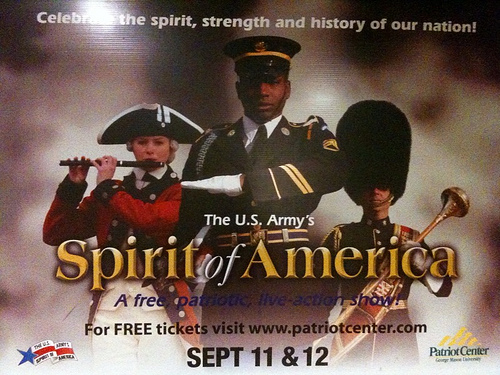
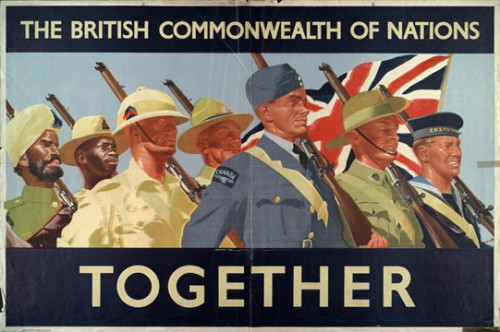
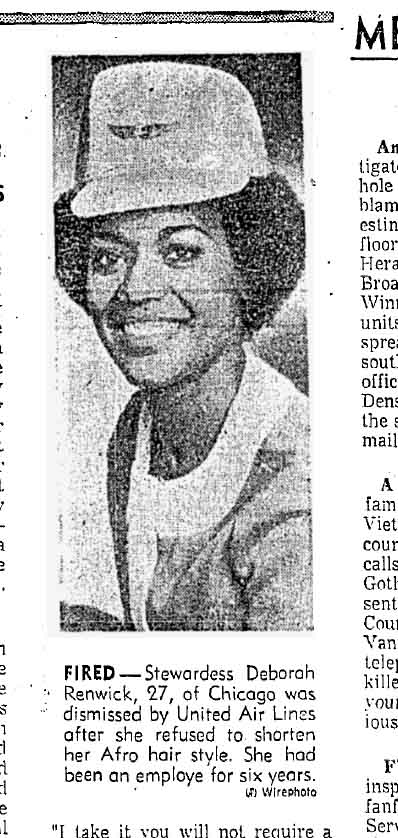
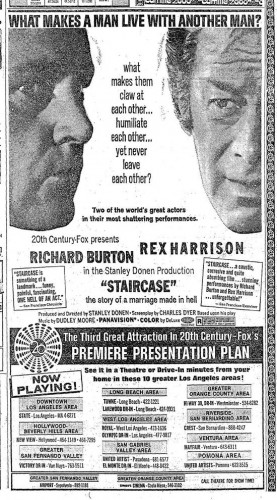
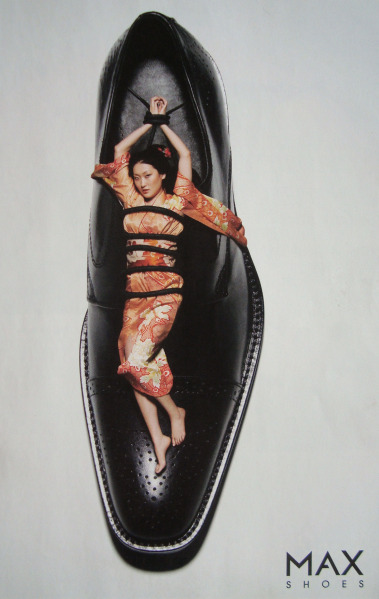
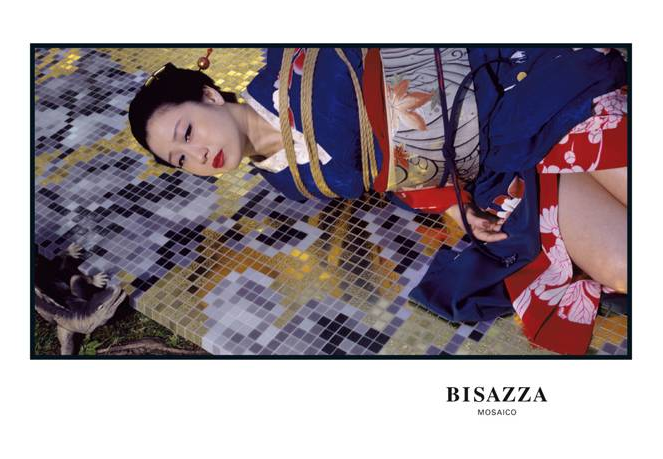
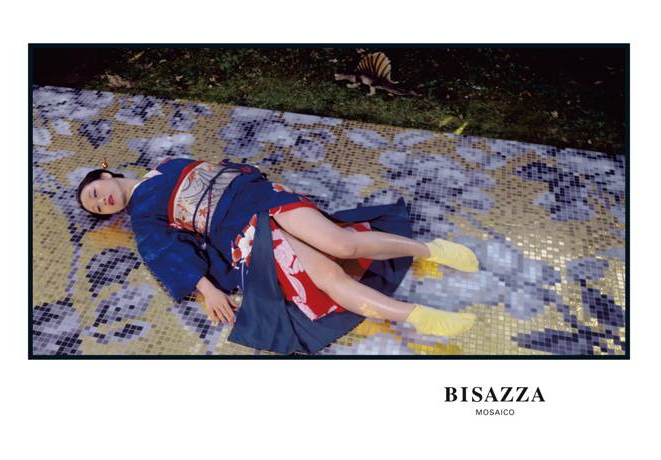 Both via Copyranter (
Both via Copyranter (